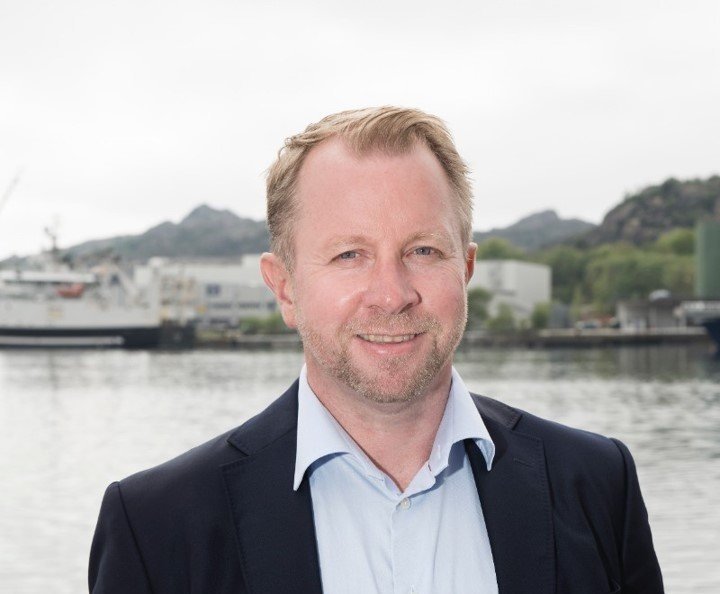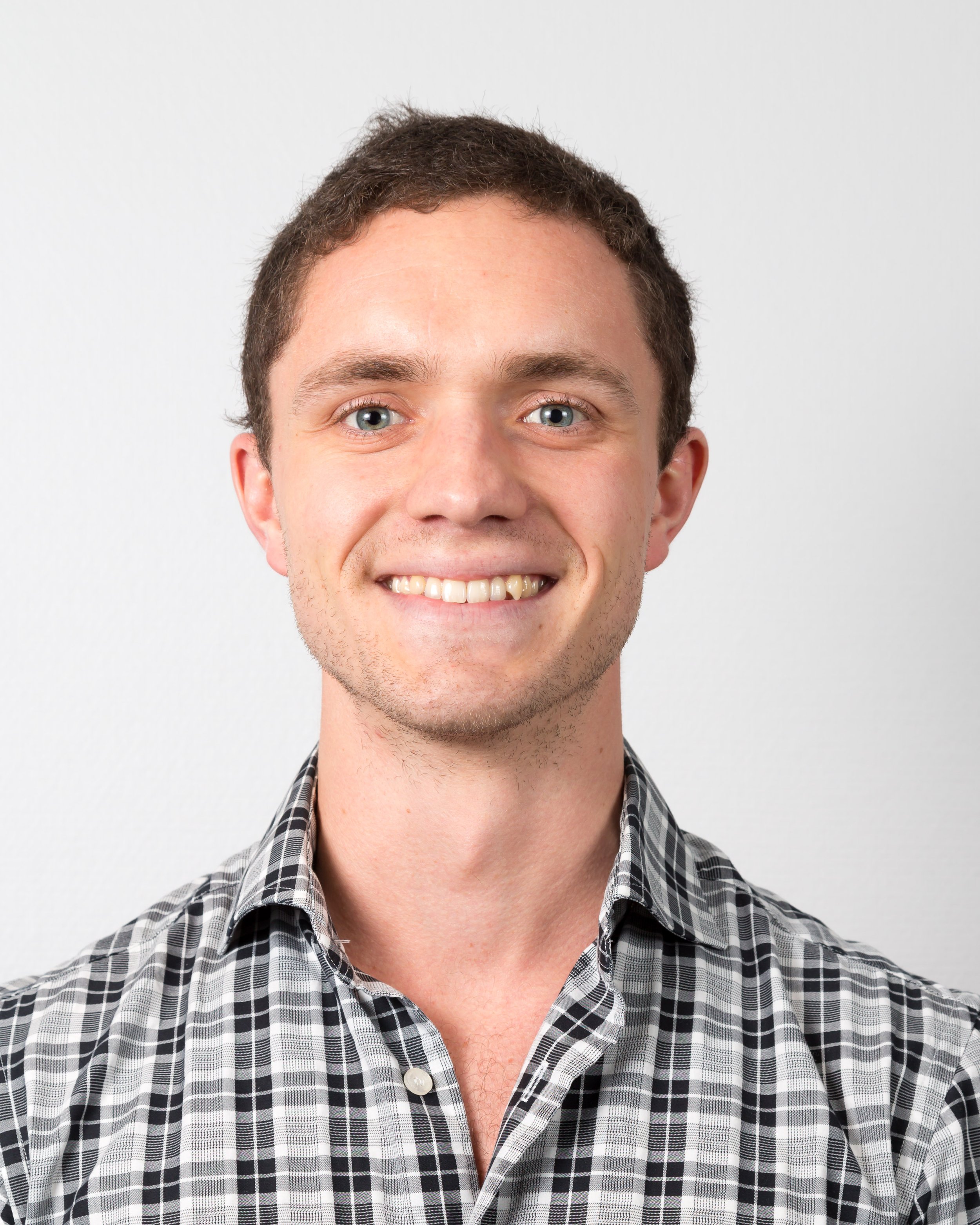Cluster Catch-Up: Brødrene Aa
“Hydrogen will be especially interesting when it can take advantage of the surplus of renewable energy production”
Cluster Catch-up is a column where we ask our members six questions to catch a glimpse into their daily business life. In the last Cluster Catch-up, we talked with Jørn Kristian Lindtvedt, CEO of HYON and how they work on contributing to unlocking the hydrogen value-chain in the maritime sector. When asked who they would like to see next in the series, HYON nominated Brødrene Aa.
Lars Endre Gimmestad, Deputy CEO in Brødrene Aa.
Brødrene Aa is a world leader in the construction of fast ferries made of carbon fibre composites. They are located in Hyen on the west coast of Norway. Lars Endre Gimmestad is Deputy CEO in Brødrene Aa.
What is Brødrene Aa’s primary focus right now?
We are actively working on preparation and negotiating new contracts. There are several public tenders in Norway expected to be published in 2022.
In addition, we are working closely with operators in the tourism segment. Tourism in Norway has been low for the last two years due to the pandemic, but there is light at the end of the tunnel and several companies have started to plan for the post-covid years ahead.
However, we cannot hide the fact that our orderbook has been hurt by the pandemic. It has led to a decrease in activity, and unfortunately it has forced us to downsize our staff. It is a tough process, but it is something that we had to do to adjust to the current situation. At the same time, we believe activity will pick up in the years to come, and with public tenders coming out we are optimistic about the future.
What are the biggest challenges and opportunities for Brødrene Aa in the future?
We expect an increase in demand in Norway and internationally for new passenger vessels in the years to come, where operators must switch to sustainable solutions to meet new regulations. This transition will also lead to an increase in demand for retrofit of existing vessels to low- or zero-emission solutions. Our vessels are built in carbon fiber. A lightweight construction material with long longevity is well suited for retrofit.
The Norwegian maritime industry is world-leading, and there is an increasing interest in our products and services internationally.
Even though the orderbook is thin, a situation that has forced us to downscale, we are hopeful that this will change. As activity picks up it will be crucial for us to have the right resources and competencies that can keep up with increase in production. Increased focus on sustainability will demand new competencies. Deep knowledge and competence on low-emission solutions will probably be limited in the years to come, leading to a battle for the smartest and brightest minds.
As for hydrogen, we have been involved in several feasibility and concept studies of vessels since the first study in 2016. A hydrogen pilot like the one Vestland fylkeskommune is expected to announce is an important measure to finally launch a high-speed passenger craft on hydrogen. However, we would have liked to see this project move faster with a higher ambition for getting a vessel on the water. Current timeline means that the vessel will be launched in 3-4 years. With this pace Norwegian maritime industry is losing momentum. The first high-speed passenger vessel on hydrogen is already launched in the US. If we aim to be the leading country within hydrogen there is no time to spare.
Illustration of a hydrogen passenger vessel. Copyright: Brødrene Aa
How can hydrogen be a part of the solution for the future?
High-speed passenger vessels are very energy demanding, especially as speed and distance increases. Hydrogen has the potential to be a solution on long distances where high speed is required.
But there is still a way to go where we must develop the supply and demand side in parallell. We need large-scale production and hydrogen infrastructure to achieve lower prices than what we see today. There is still a way to go before hydrogen is an option financially, and the cost will also depend on green energy availability and prices in general. Hydrogen will be especially interesting when it can take advantage of the surplus of renewable energy production. The demand for electricity is not always there when the wind is blowing or the sun is shining. Hydrogen can function as a battery for renewable energy production.
What is your primary focus when it comes to sustainability?
First and foremost we design and produce energy-efficient vessels which makes it possible for operators to deliver on low- or zero-emission requirements. At the same time, as a shipyard, we consume resources in our production. We are constantly looking at ways to decrease our environmental footprint from the use of resources. We are also assessing the total life cycle of our vessels, introducing circular thinking on several levels. Retrofit is one part of the solution. By retrofitting to low emissions, we increase the longevity of the boats we already have produced.
Why did you decide on becoming a member of Ocean Hyway Cluster?
As we see it hydrogen is one possible solution for zero-emission high-speed passenger vessels. We need to be involved to stay ahead in that field. Working in a cluster gives us the chance to collaborate with players throughout the value chain, and it gives us valuable insight into the competencies and technology that is out there. This makes it easier for us to make well-informed decisions for our route ahead.
It is also a great arena for networking where we get a chance to talk to potential suppliers and clients.
Which cluster member should we interview next?
It would be very interesting to get insight into the situation on land, so I would love to hear from Norwegian Hydrogen next.
Brødrene Aa is a member of Ocean Hyway Cluster. Are you curious about a membership? More information here.
Maria Benæs Hunvik
Communications Advisor
+47 954 57 606
maria.hunvik(a)hubforocean.no
























